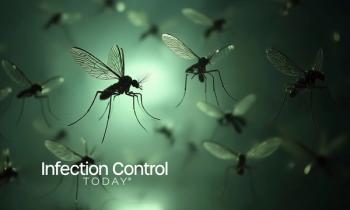
Arizona Health Officials Urge Precautions After Confirming Two Cases of Hantavirus Pulmonary Syndrome
PHOENIX -- The Arizona Department of Health Services has urged the public to take appropriate precautions when living or working in rodent infested areas, following the confirmation of two cases of Hantavirus Pulmonary Syndrome (HPS) this week in Arizona. The two cases are not related.
Health officials are currently investigating the cases, which appear to have become infected through exposures to mouse droppings in rural areas. While most common in rural areas, HPS can occur anywhere in Arizona.
HPS is an often deadly disease that usually begins with flu-like symptoms, and may rapidly progress to respiratory failure when the lungs fill with fluid. Patients usually develop breathing difficulty approximately two to six days after onset of symptoms
The abundant rainfall this winter may have increased the hantavirus risk in rural Arizona as wild mouse population appears to have increased said state epidemiologist David Engelthaler. Similar conditions were seen in the winter of 1993 when we had an outbreak of hantavirus pulmonary syndrome in the Four Corners Region of Arizona, Utah, Colorado and New Mexico. Fifty-three cases of HPS were identified during that outbreak.
The best defense against infection with hantavirus is to avoid cleaning or disturbing areas with recent rodent infestation including nests and droppings," said Engelthaler. If you do have to clean up droppings or nests, be sure to thoroughly disinfect the area first. Be especially cautious when entering a structure, such as a summer cabin, that has been closed up. People who have been exposed to rodent droppings and who become ill with HPS-like symptoms should seek medical care."
These are the first confirmed cases of HPS in Arizona this year. To date, 41 cases of HPS have been reported in Arizona since 1992 (including these new cases). Nine cases were fatal. Two cases were reported in Arizona last year.
Source: Arizona Department of Health Services
Newsletter
Stay prepared and protected with Infection Control Today's newsletter, delivering essential updates, best practices, and expert insights for infection preventionists.




